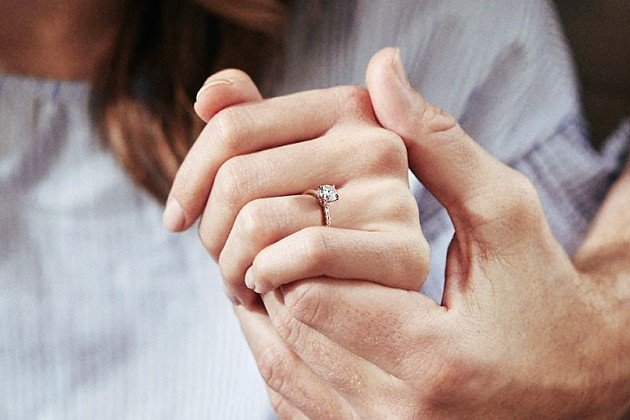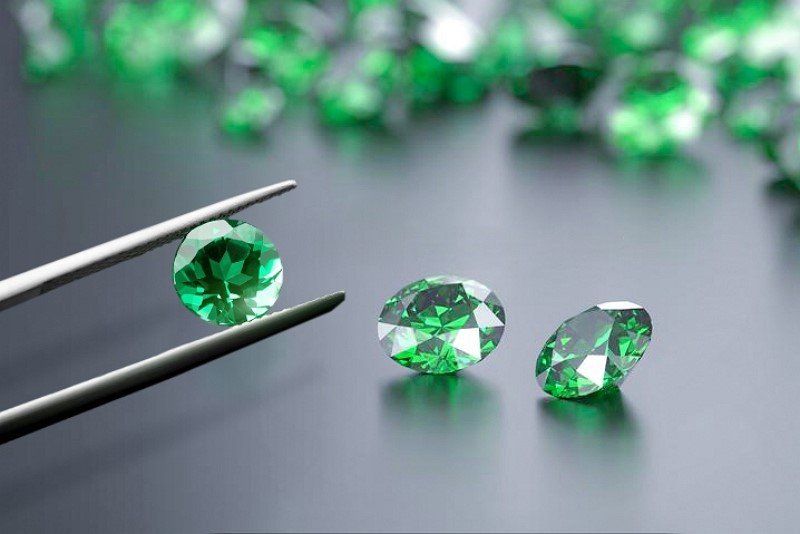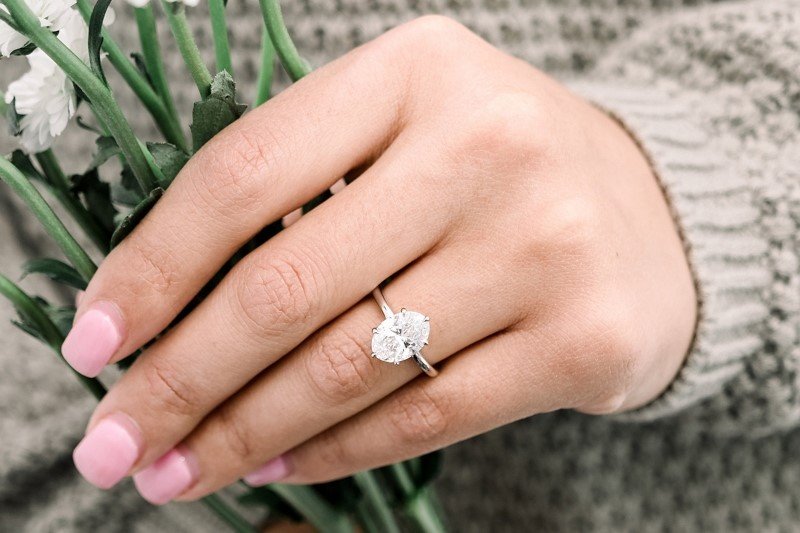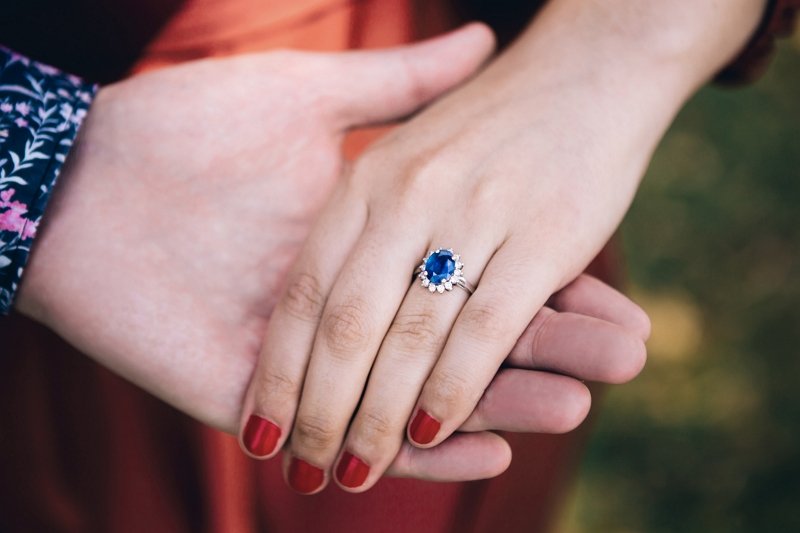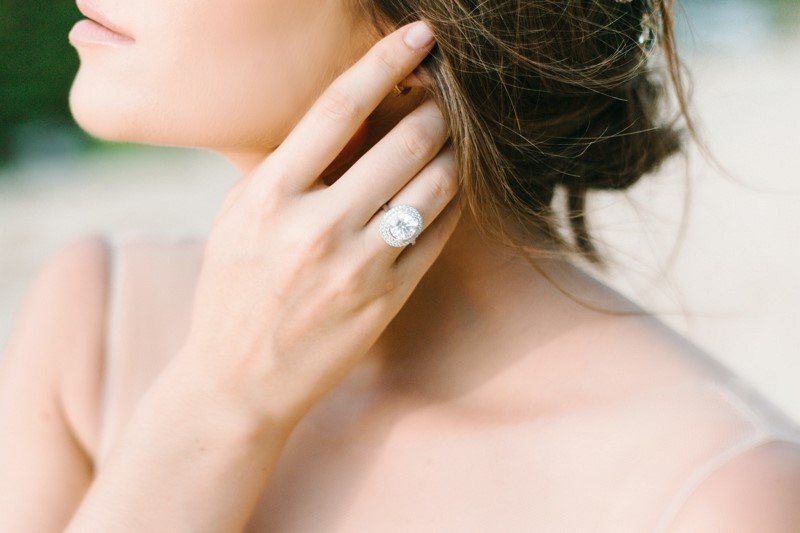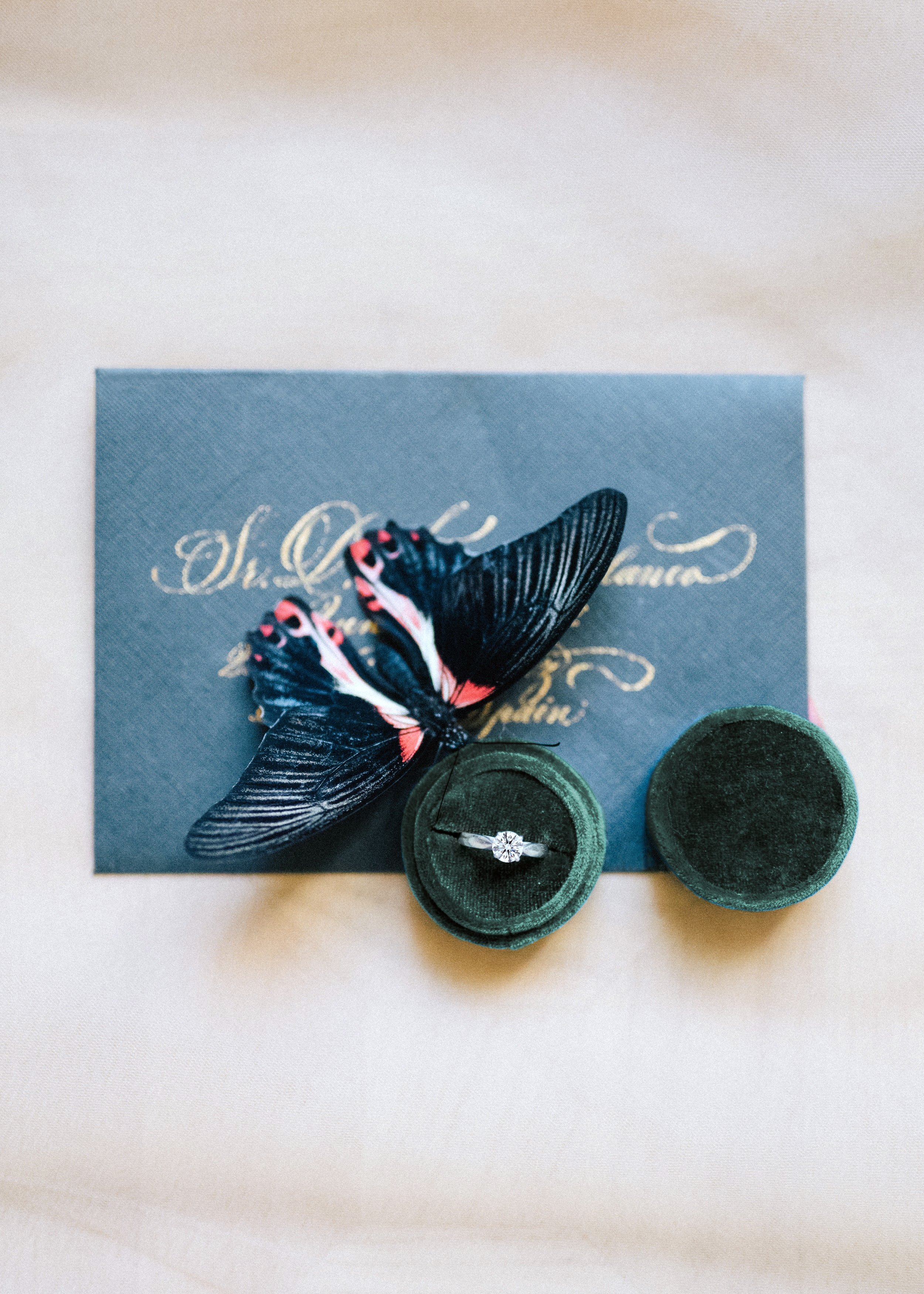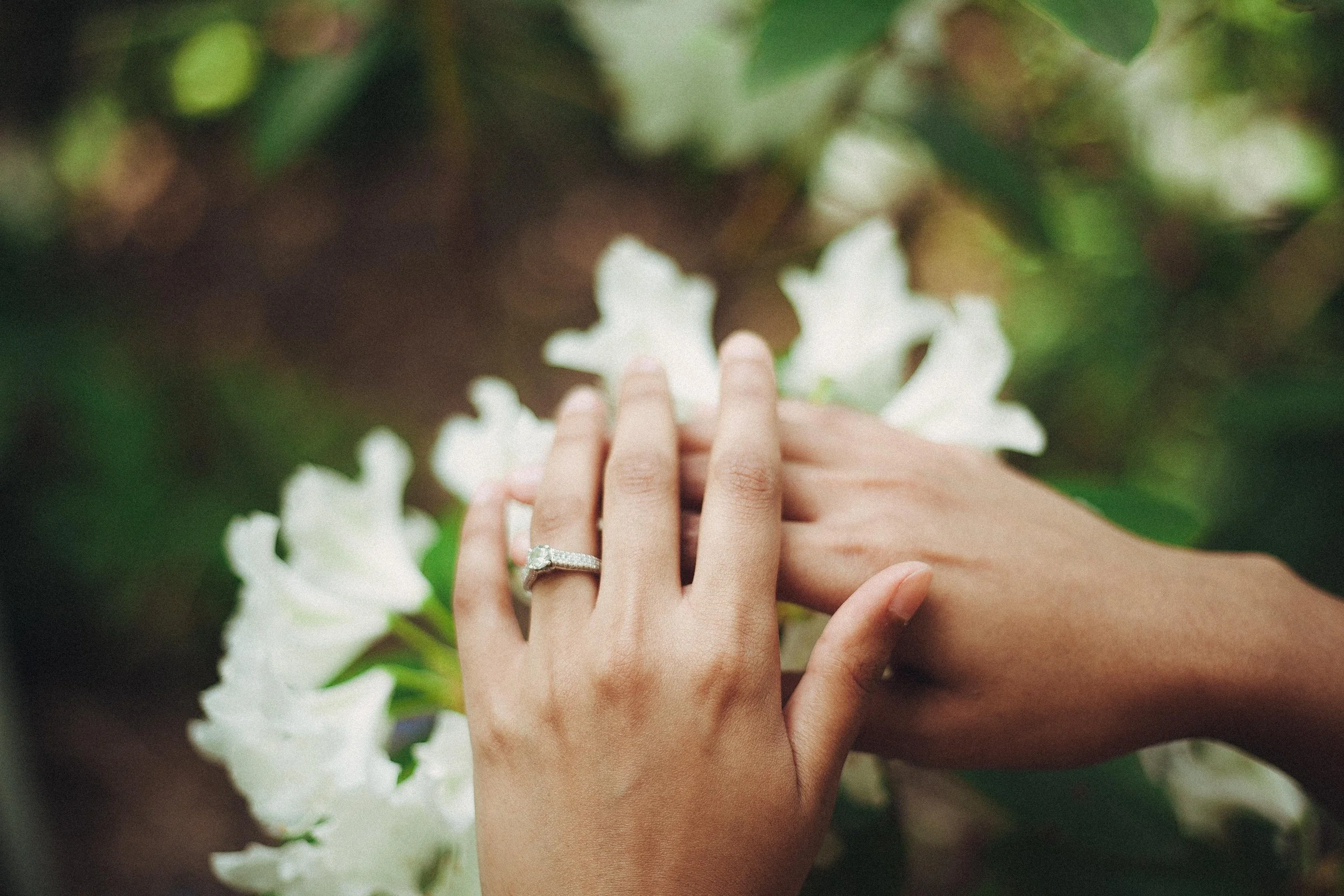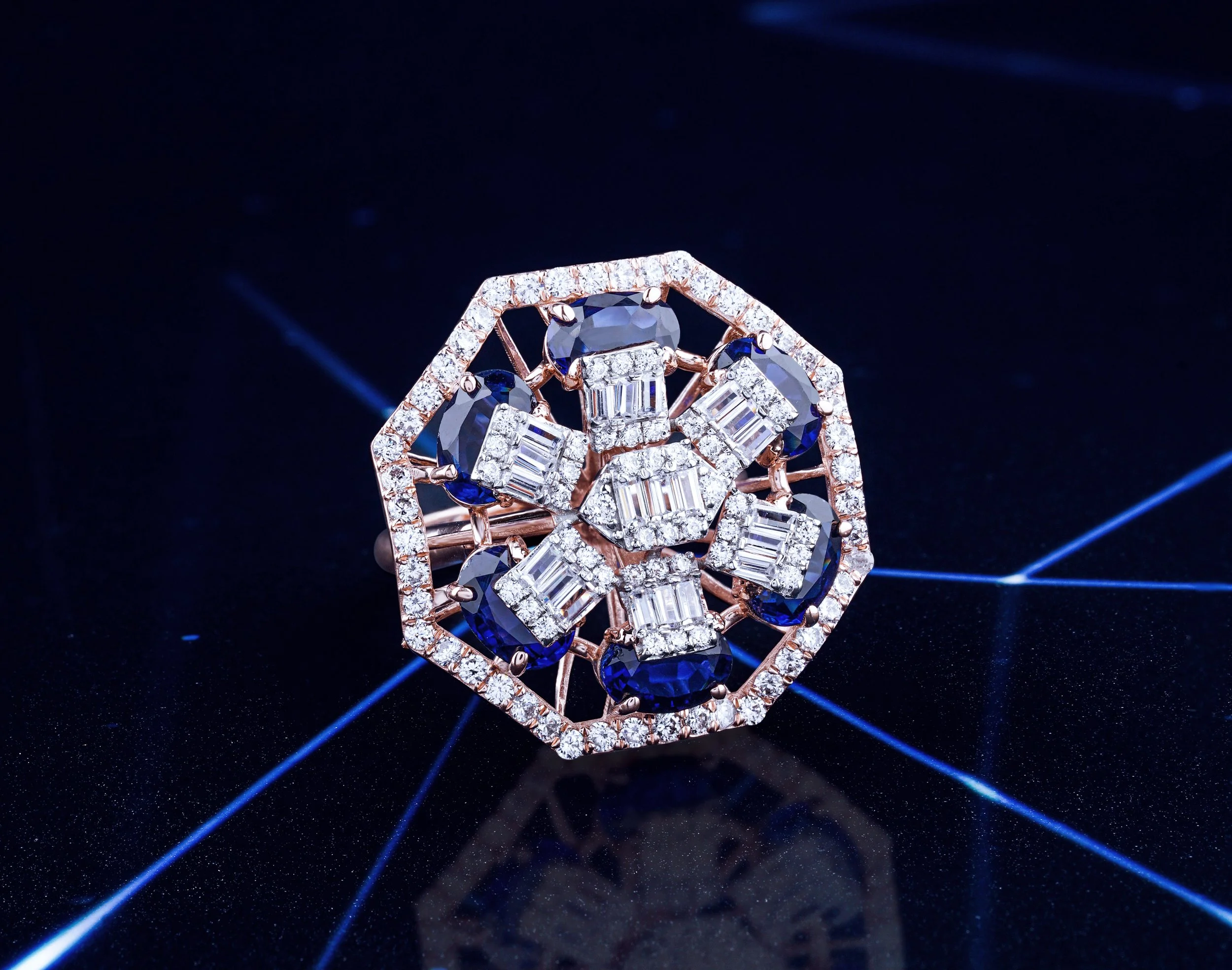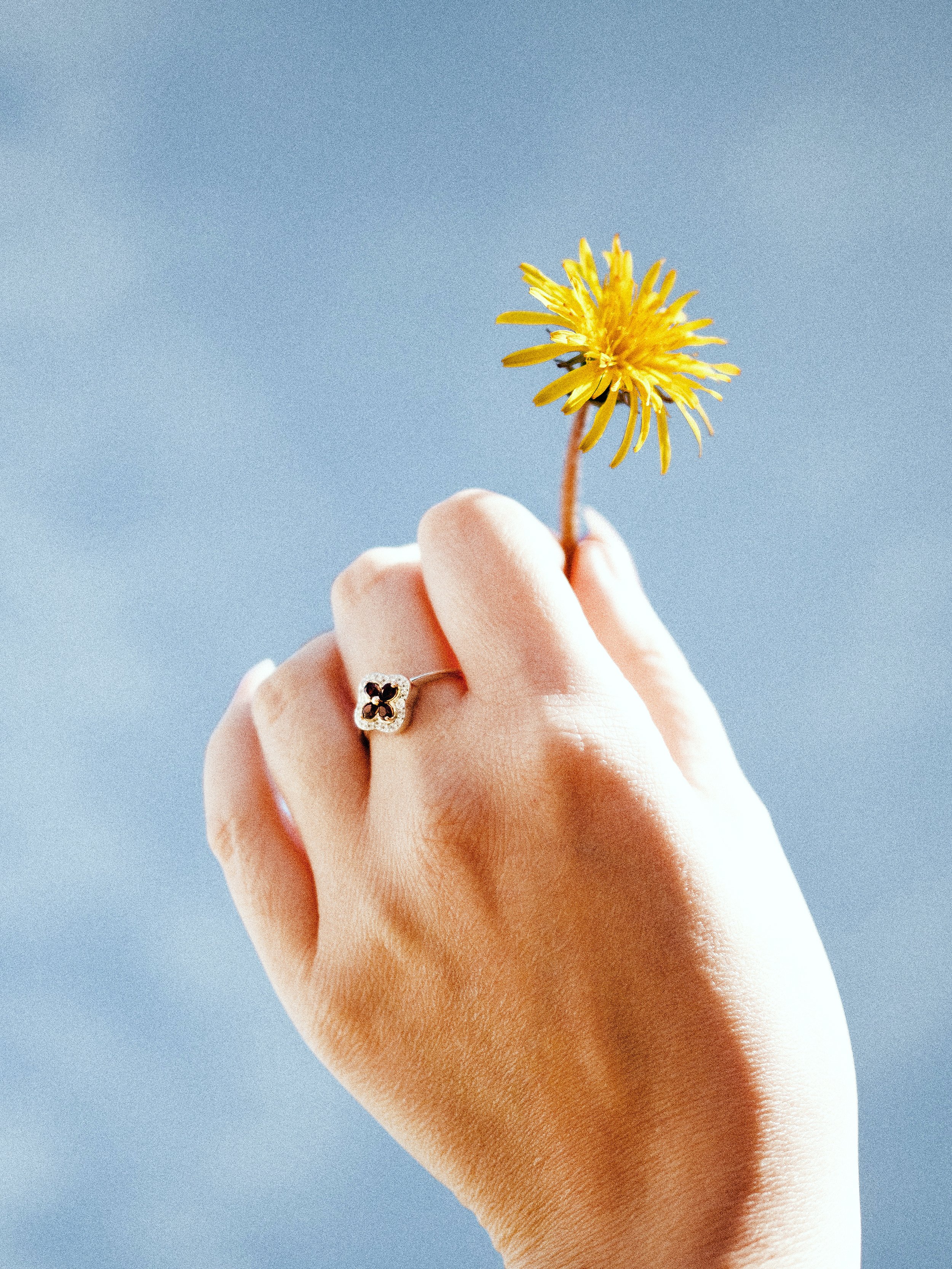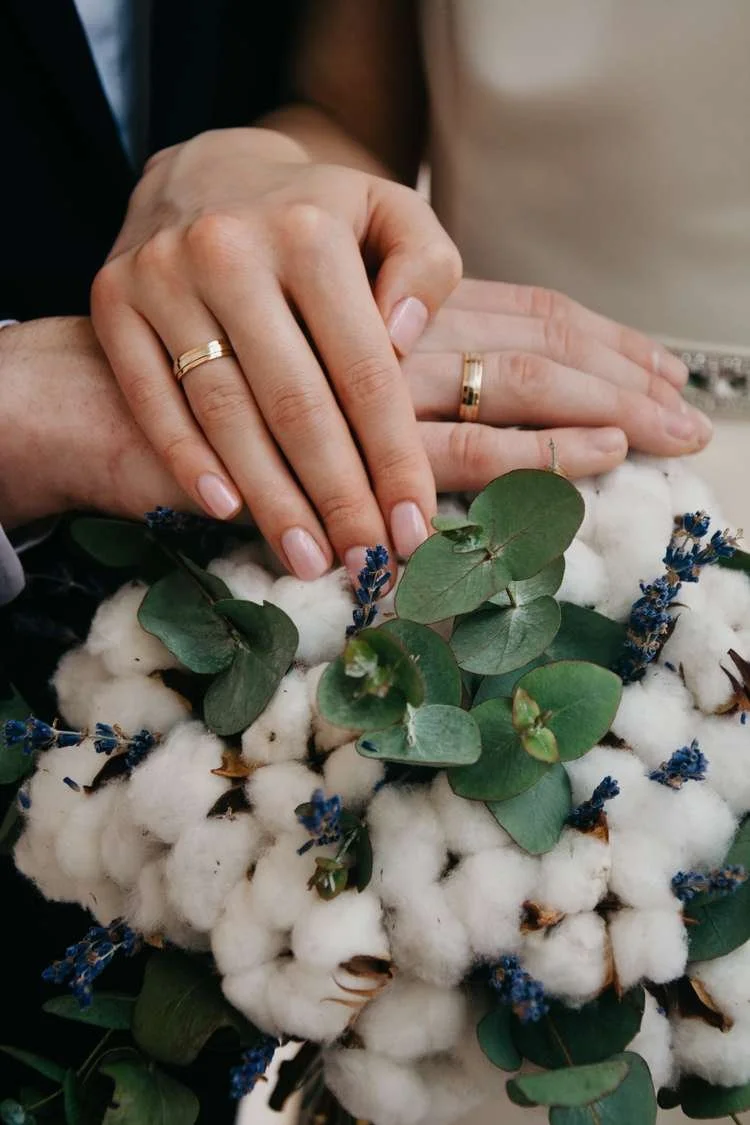Things to Look Out For in Every Diamond Shape - A Beginner’s Guide
It is important to find the right diamond when you are taking the next step in your romantic relationship. Getting the perfect diamond engagement ring for you (and/or your partner) can be overwhelming due to all of the buzzwords you will encounter when searching for it. With so many offers on the market to choose from, this beginner’s guide will help you make the most suitable decision for you.
The first choice you will need to make is whether to buy a natural diamond or a lab-grown diamond. This guide will apply to both. They are exactly the same physically, chemically, and optically.
The only difference is the environment in which they are grown. One is grown under the earth and mined, and the other is grown in the laboratory. Additionally, besides the stunning beauty of the diamond, you may want to consider the meaningful values and symbolism associated with each type of diamond engagement ring. A unique diamond ring filled with romance can just be the wow factor you need to grace your beloved partner.
The 4Cs of diamonds: cut, carat, color, clarity
The 4Cs are internationally recognized diamond gradings to access the quality of a diamond. The 4Cs stand for Cut, Carat, Color, and Clarity.
Diamond cut
How a diamond is cut influences its brilliance and sparkle, how much light it reflects, and how alive it looks. The work done when the gem is shaved and polished to give its symmetry and proportions is the diamond cut. Cut grades from GIA are Excellent, Very Good, Good, Fair, and Poor. Excellent Cut Diamonds are the most luminous and brilliant, while Poor Cuts are at the other end of the scale. Normally for wearers, the Very Good cut has the best value for a great quality. The difference in brilliance and sparkle with an Excellent grade is rarely noticeable by non-gemologists, but the price is often drastically higher. You will also need to consider the other Cs to get a complete and overall look of the diamond quality.
Diamond clarity
Clarity speaks to the presence of blemishes, inclusions, and cloudiness in and/or on your diamond. The clarity of a diamond is graded with the terms Flawless, Internally Flawless, Very Very Slightly Included (VVS), Very Slightly Included (VS), Slightly Included or Included – from the GIA. The clarity grade shows how noticeable inclusions and blemishes are in your diamond under a 10x magnification. The more inclusions there are, the less transparent and attractive the diamond is. This greatly affects the price. Flawless diamonds are extremely rare and expensive. With the next best level, VVS, you won’t notice any inclusions with bare eyes, which arguably makes it the best value for the quality and the price.
Diamond color
Most diamonds have a slight hint of brown or yellow. The less hue a diamond has, the rarer it is. The color scale ranges from D (Colorless) to Z (Light-Colored). The slight difference in these colorless diamond gradings makes an apparent difference in their qualities and cost. The pristine D Diamonds are the most rare and expensive. You could opt for lower grading along the color scale, where slight hue which will not be obvious if the diamond is well cut.
Diamond carat
The carat of a diamond is its weight. A 1-carat diamond weighs 0.2 grams and a 0.5-carat diamond weighs 0.1 grams. Most of the diamonds used in engagement rings weigh about one carat, but if you would like to make a bold statement you should consider a larger carat diamond engagement ring.
Since the carat of a diamond is simply its weight, the carat of diamond you choose for your engagement ring depends on your budget and how you want the stone to look. It is important not to confuse the carat for the size of the diamond. A shallow but large diamond can have the same carat as a deeper, smaller one. Diamonds of the same carat can vary in price, as the other Cs also determine the price of the diamond.
With all 4Cs the same, lab-grown diamonds are around 50% cheaper than mined diamonds. Therefore, you can get a larger, brighter, and more beautiful lab-grown diamond compared to the natural diamond of the same price.
Personalized romantic diamonds
Even with a high grade in all of the 4Cs, you can take your diamonds to the next level by personalizing them with meaningful values to celebrate any remarkable lifetime moment. Besides its beauty and shine, customizing your lab-grown diamond engagement ring or anniversary ring with a special touch can create an unforgettable romantic memory with your partner.
At Sunny Eden™, your diamond engagement ring will be grown from the carbon elements in your and/or your partners’ hair. Hair is made up of 44% carbon, which is what natural and lab-grown diamonds are made of. Your romantic Sunny Eden™ lab-grown diamond will be physically, optically, and chemically identical to a mined diamond. The price of this meaningful process starts at $2,000. You can browse many different options and even customize your one-of-a-kind diamond engagement ring to tell the story of your one-of-a-kind romance.
The different shapes of a diamond
The shape of a diamond is different from the cut. The shape of a diamond is its overall outline or figure, and lab-grown diamonds come in numerous shapes.
The round brilliant cut is the most popular diamond shape. It is timeless and classic. It has the maximum flash, fire, and scintillation due to its perfectly symmetrical shape. Also, it hides inclusions extremely well.
Diamonds of other shapes are called fancy-cut stones. They are also typically less expensive as the cut produces less diamond waste. The same rough diamond will make a larger carat fancy-cut diamond than a round-cut diamond.
Popular fancy-cut diamonds
You may want to choose a fancy-cut diamond to add character and a unique touch. Each shape has its own beauty. Below are some of the most popular fancy-cut diamonds that are worth considering.
Emerald lab-grown diamonds have the sophistication and elegance that some of the other shapes simply don’t have. It is an all-time celebrity favorite. A high clarity grade is important for this shape, and with emerald cuts, you should choose the right proportions for your finger.
Radiant cut diamonds are becoming increasingly popular over time. It is a hybrid of the round brilliant cut and step cut. These diamonds sparkle, and they come in a rectangular or square shape with sharp and cut-off corners. They also look bigger than a round diamond of the same carat and hide inclusions well.
Oval lab-grown diamonds are extremely elegant. Because of their shape, they make the fingers look thinner and longer. Since they do not have as much depth as round diamonds, you get a bigger surface area for the carat. You also get opportunities to choose between a longer or rounder oval diamond, as you can easily customize the shape.
The cushion cut is shaped like a cushion or a pillow with rounded corners, available in both squares and rectangles. It has a crushed ice or antique look. Cushion cuts provide a timeless appearance with old-world charm.
There are myriads of other shapes you can choose from for your engagement or wedding ring. Princess Cut, Pear-Shaped, Asscher, Heart-shaped, and Marquise are just some of the many options. Check out other fancy-cut diamonds grown from the carbon extracted from you and/or your partner’s hair.
Certification for the quality
For a precious and valuable stone like a diamond, quality assurance is important. Every engagement, wedding, or anniversary ring should have trustworthy and undeniable value.
The Gemological Institute of America (GIA) and The International Gemological Institute (IGI) are two of the most globally recognized diamond certification organizations. These certifications are available for both natural and lab-grown diamonds. Although the grading in these certificates might have slight differences from institution to institution, they mandatorily contain all details about the characteristics and 4C’s of lab-grown diamonds. The value of your diamond can be inferred from these details. Sunny Eden™’s lab-grown diamonds can be certified by both of these renowned international organizations.
Consult a specialist at Sunny Eden™
Picking the perfect diamond does not have to be a confusing task. Keep in mind the beginner’s guidelines above, work with your budget, and choose a quality diamond that will sparkle and turn heads. Sunny Eden™ lab-grown diamonds made from the essence of you and/or your partner promise exceptional quality with meaningful value. In addition to this, your diamond can be laser-inscribed with a name or any words of your choice. You can contact us today to book a complimentary consultation with our experts to help you choose the perfect diamond engagement ring for your special day. Let us guide you through a personalized and unforgettable experience.









